Dec 22 - NextGen Diaries (what I’m doing when not diving!)
Part 1 – why Florida was a flying visit
It has now officially been 2 whole months since my scholarship year started, and I’ll have to be honest, have I done any GUE diving? No not yet *shook!* However, I previously mentioned that, in my last blog, I was planning to commit full-time for a period of months, to get as much diving and experience in as possible. Then, in the summer, we can take it a bit easier! Not working a 9-5 job, this set-up is much better for me.
And indeed, as I explained at the conference, I was so convinced that I would never in my wildest dreams think I this would happen to me - that I had already planned a trip to North America at the same time. Thus, the GUE conference was sandwiched between a barrage of other courses I had planned - from a PFI Freediver course in LA with Lance Lee Davis, to my TDI Cavern / Sidemount courses with my very good friend Cristina Zenato in the Bahamas! You may notice that packing a lot into a short time is typical of my hectic life! (Also blatant plug to spend my kit allowance money on a Halcyon sidemount configuration PLEASE xoxo). See https://www.socalspearit.com/ and https://cristinazenato.com/.
I am also a big fan of learning horizontally as well as laterally. Sometimes this means taking a break from diving to figure out my next move, as well as work on some transferrable skills. And, if I was going to take a photogrammetry course, I might as well work on my photography skills!

Redondo beach (LA), middle and right: Freeport (Bahamas)


Image credits: Kewin Lorenzen (middle), Cristina Zenato (right)
Part 2 - when a covid lock-down-dream finally comes true
In 2020, I was very lucky in my Master’s degree (Marine Ecosystems Management), to plan a trip to Antarctica – to collect polar oceanographic data, and conduct microplastics research. This was granted special permission by the UK Home Office (as one needs a licence to take samples away from Antarctica). Of course, a few days before we were meant to leave, covid meant that the trip was off. However, I kept my half of the deposit in, and was determined to make it down to the frozen world in whatever capacity. Thus, almost 1000 days later (Dec 22) – we made it!
The trip was nothing short of spectacular. To set foot in such a pristine and isolated place is a privilege, and it was fantastic to witness incredible diversity that has evolved to thrive in such a harsh place. My background in extreme ecophysiology was in its element! Having multiple daily lectures on the Antarctic convergence, whale physiology, IAATO / biosecurity, and the geopolitics of the region to name a few – it was good to see how much knowledge I had retained since 2019. And we could still identify the types of pinnipeds, cetaceans and ice characteristics that were present (although my birds still need work). I also got my passport stamped with the coolest stamp ever! (PS - loads more photos on my insta.)
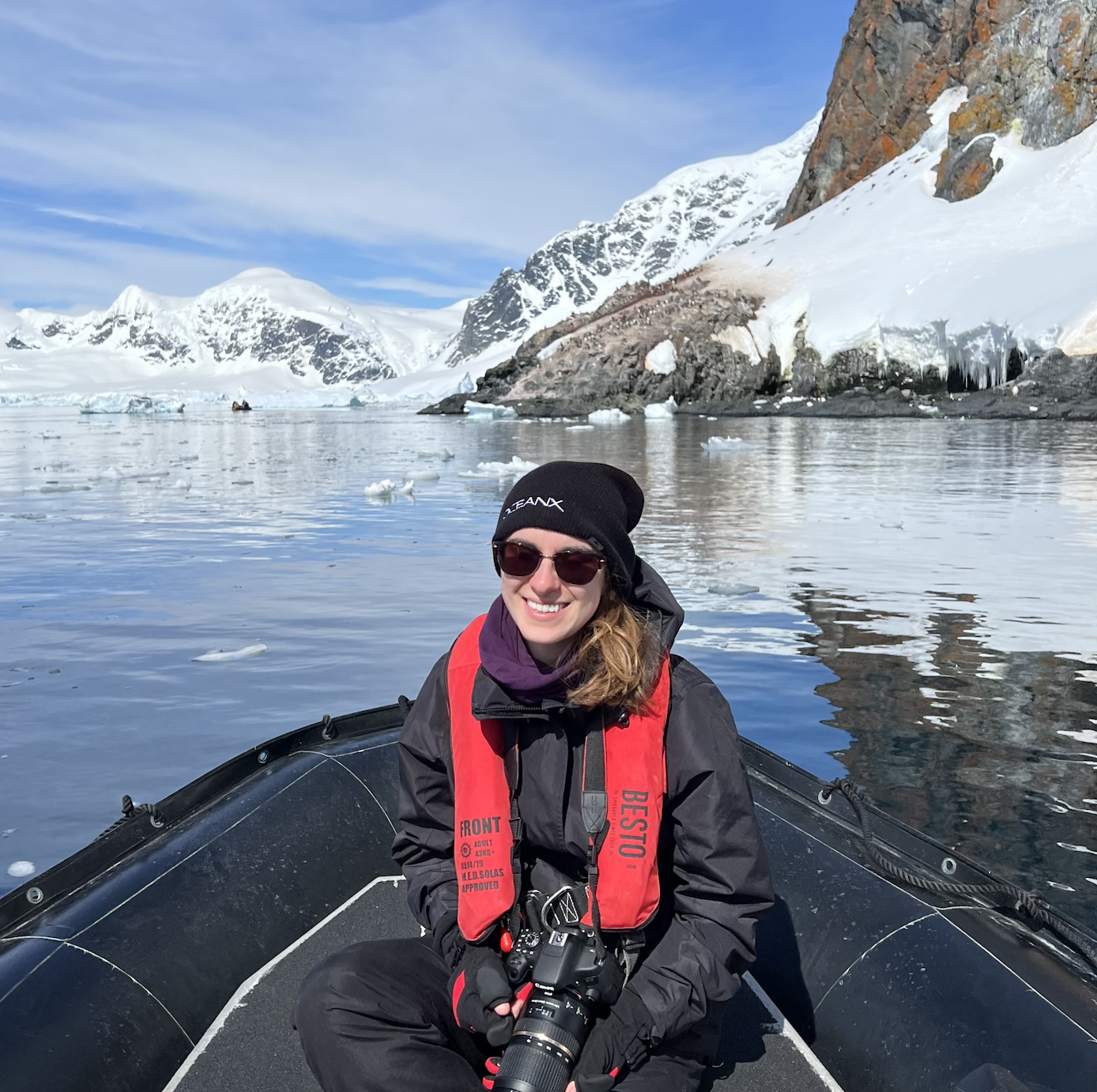

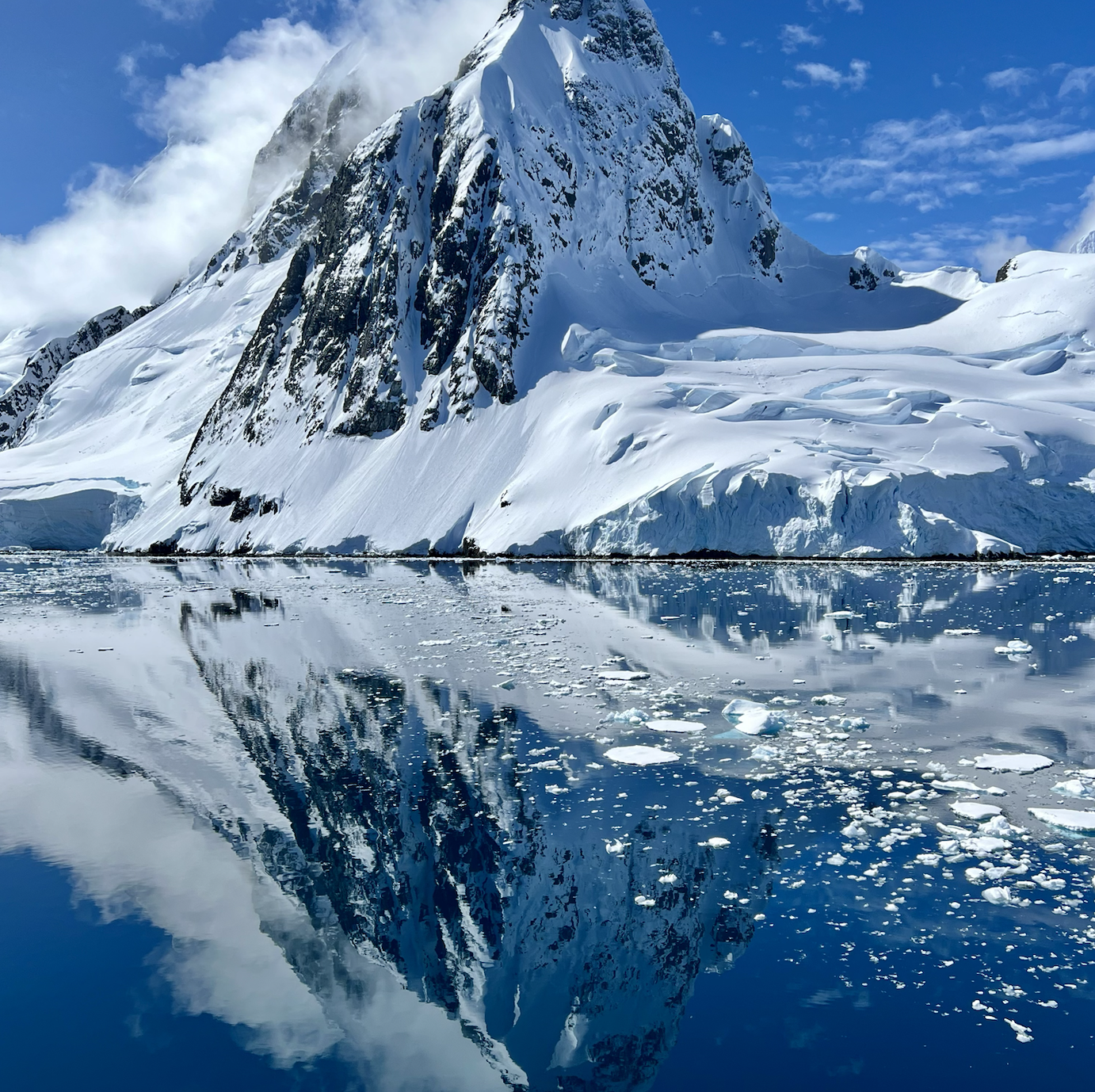







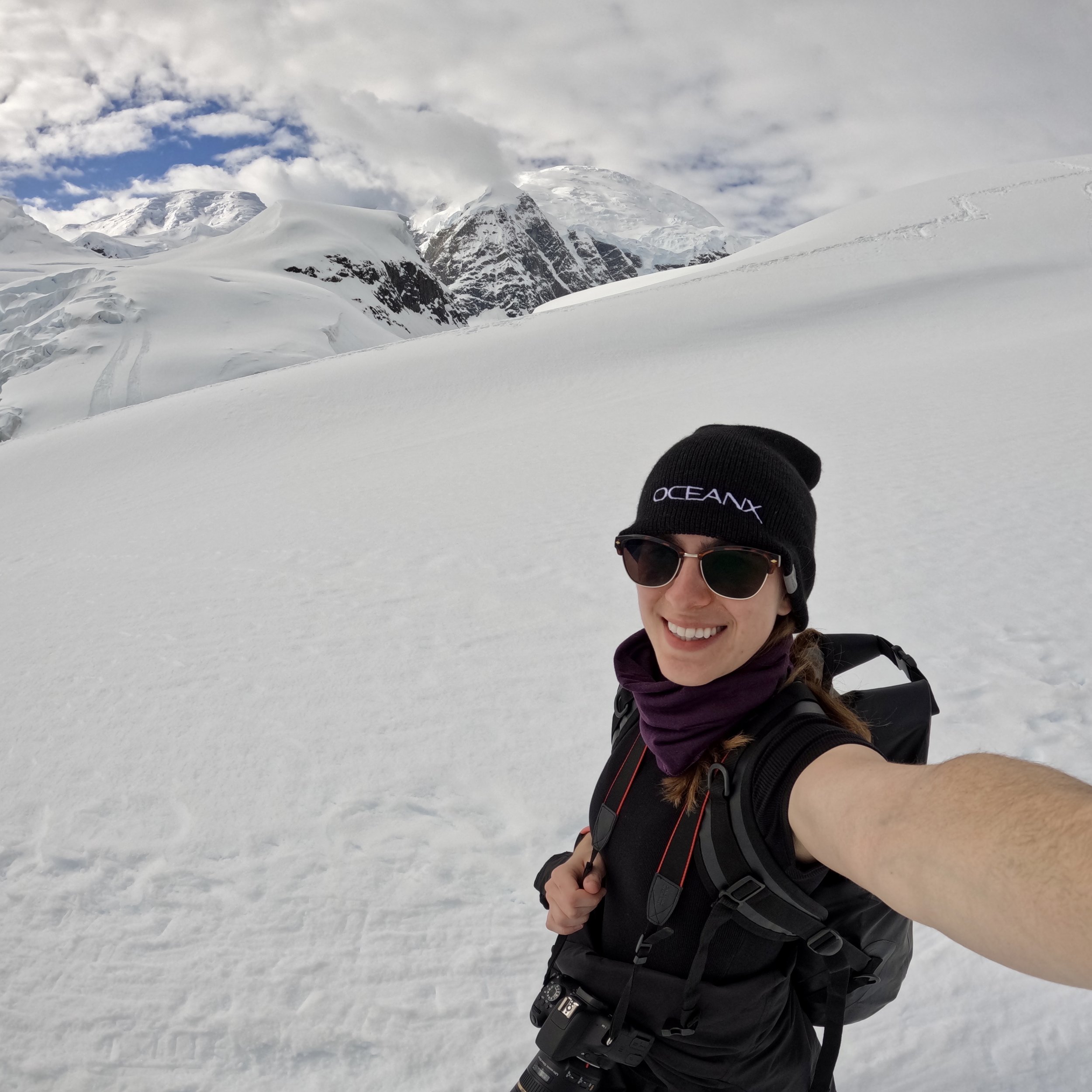







All photos by myself apart from bottom right: Mikhail Barabanov
I spent a long time on deck, practising with my DSLR again. I loved working out the “golden trio” of ISO, aperture / depth of field, and shutter speed to capture anything from flying albatrosses in the Drake passage, to the seals on ice floes. Fluke shots were uploaded to HappyWhale, penguin estimates sent to MAPPPD, and weather recorded in NASA’s globe database for citizen science. Onboard, I also serendipitously met the 2013 European OWUSS scholar Chloé Maréchal for this time (another diving scholarship that takes young divers on a journey around the world). It was good to bond over all out mutual friends, diving, and love of expeditions. It is such a small world and a great community! Check her out here.
Finally, Antarctica was amazing to see as a comparison for Mars and outer space. It really shows how the remote region can provide research for extreme ecophysiology, geological comparisons for other planets, and for isolation astronaut training. This place truly links together the sea, Earth, and space sciences. And, the icing on the cake was coming out of a social media hiatus; only to find out that I have become an official member of the team for sea-to-space company Blue Abyss. Working with members such as Andy Torbet, Tim Peake, Mindy Howard and several NASA astronauts; I am now a Sub-Sea Consultant, advisor, and exploration ambassador - helping to create a network of next-generation of extreme environment, R&D and training centres around the world! See more about our work here - and now to combine this with GUE dive training!



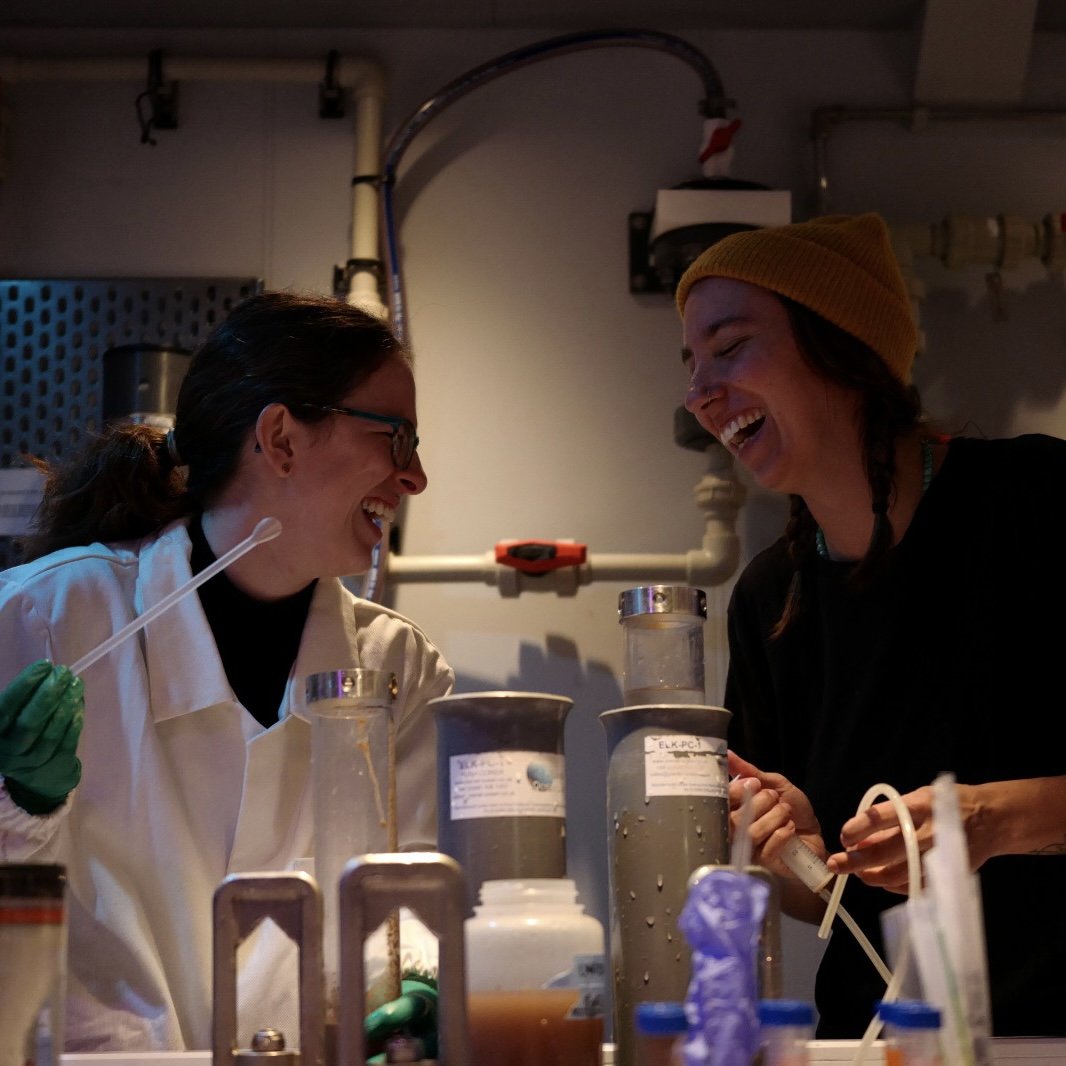
Photos from OceanX which contributed to my Blue Abyss job! Image credits: Mario Tadinac / Dan Booher / Mike Kasic


Myself and 2013 OWUSS Scholar Chloé Maréchal in Antarctica!
Part 3 – becoming a DAN Diver Medical Technician
Having only 2 weeks between coming back from America, and heading to Antarctica, I knew I wanted something to enhance my skillset, (which did not need to be diving!). I first talked to Chantelle Newman at the GUE conference back in October, where she gave a lecture on remote diving medicine. This subject also fascinates me, so as soon as I got back, I started out on the theory to complete the Diver Medical Technician Course from Diver’s Alert Network Europe (DAN DMTC), with the Diver Medic. This course really brings up your standard PADI EFR training to the next level, and be updated with new guidelines / information on tourniquet use, catastrophic bleeding, hyperbaric chamber protocols, and in water-recompression. Then, the day after I got back from Antarctica, I headed to London to meet Chantelle again, and to complete the practical course.
On day 1, we not only practised our primary / secondary surveys and neurological assessments again, but also learnt how to use various intubation instruments, such as oro/nasalpharyngeal airways and I-GELS (supraglottic airway devices). Combining this with oxygen administration and AEDs in different rescue scenario definitely brought up my confidence in managing a fluid situation with multiple team members and pieces of equipment. The second day was much the same - practising needle decompression, sutures (check mine out below!), catheters, and radial arterial line placements. Thanks so much to Chantelle for the endless tea and biscuits, and an inspiring few days with the Diver Medic! However, the best part of this visit was being able to see Nico again, for lots of food, laughs, and to plan our upcoming content / dive trips together (watch this space!).
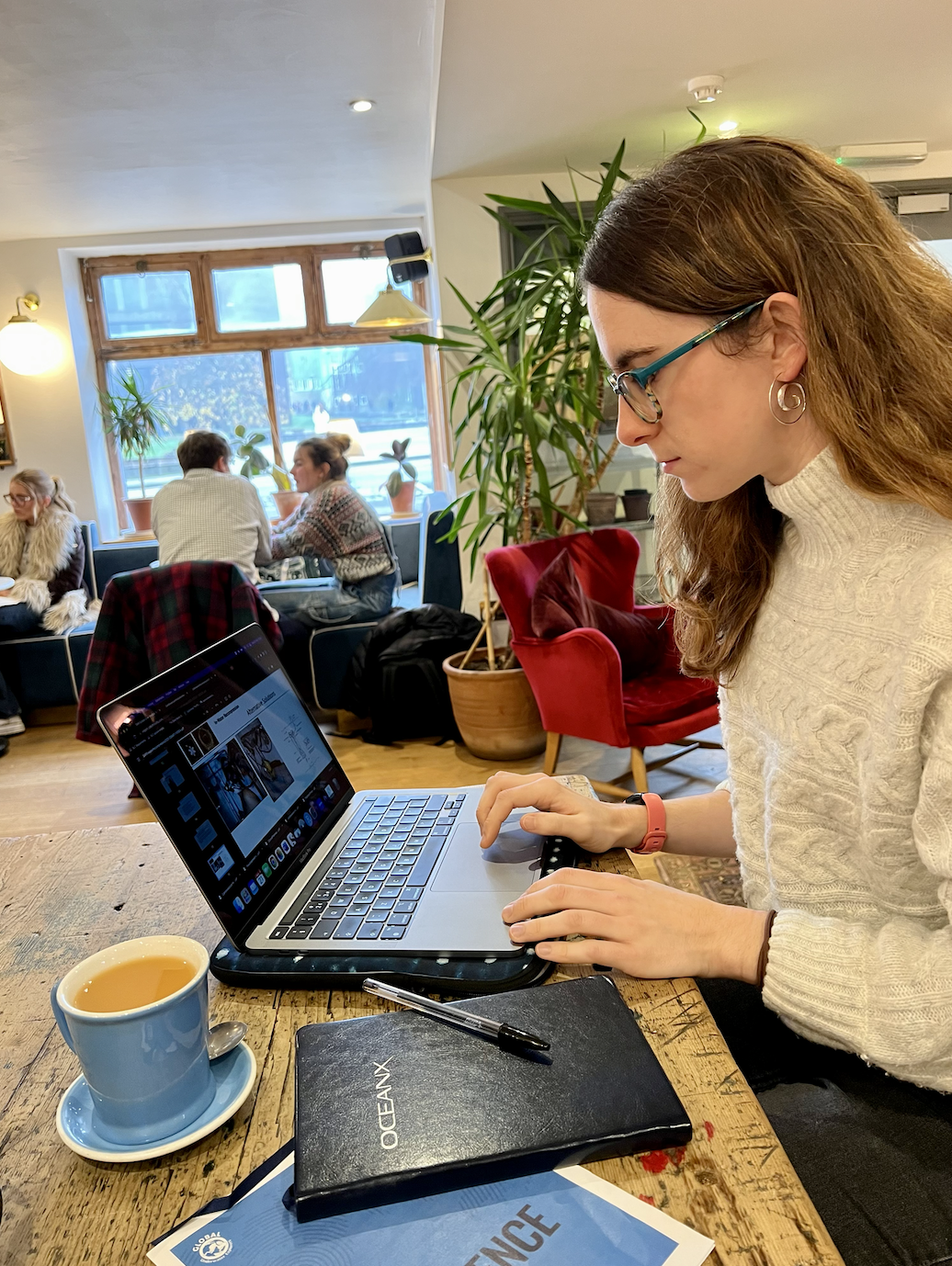

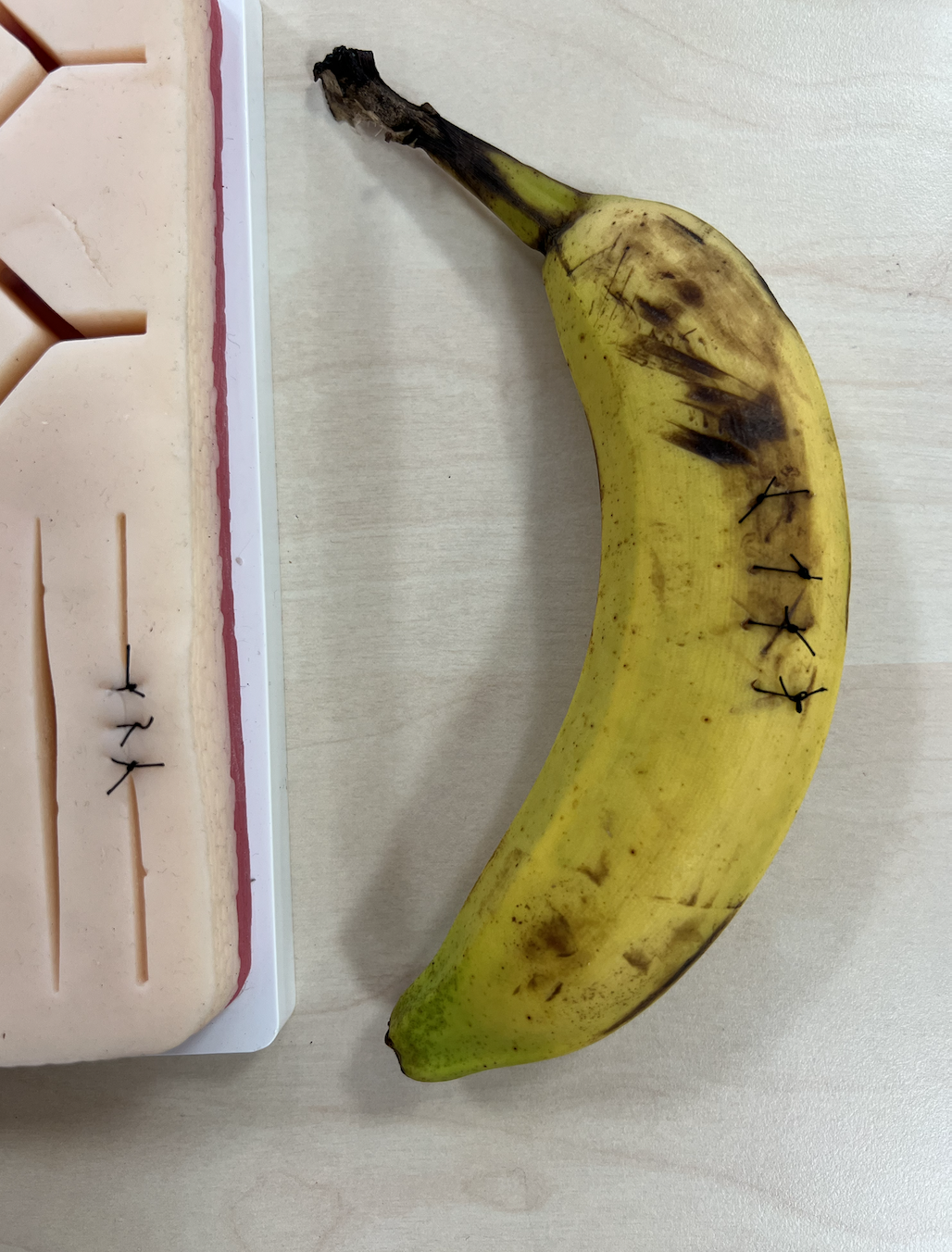
Part 4 – the part you don’t see in the scholarship
Now of course, you receive the scholarship, and (if you’re like me) immediately email all those who you spoke to at the conference, and then some. I knew my vague direction again – to get dive regency back up, complete another foundational course (Rec 2?), explore scientific courses, and help with scientific projects. Interwoven in this I (hoped), would be some other experiences regarding space sciences, other social media work, and starting the process of registering to start my Instructor journey.
I reached out to other instructors that were advertising the courses I wanted to do, started to build a timeline, and then started to talk about joining local projects between courses. Finally, after that, it was searching for the cheapest flights possible, accommodation, and the last minute do-I-need-a-visa panic! I also had a look through my GUE gear I had so far, and made a “kit” list and a “wish list”. Most urgently needed were my own reels, spools, lights and drysuit inflation kit to partake in the courses I wanted. I am currently ordering these with the Halcyon distribution centre.
Of course, life happens. I’m organised enough to make different plans to account for all aspects of this journey, yet spontaneous enough to change tracks last minute if something else arises. What I’m trying to say; is that all these diary entries, flight-searching, meetings and emails take a while! Needless to say I was kept busy. So, now it’s almost new year, and we are finally packing all our gear – ready for months of travelling and diving!